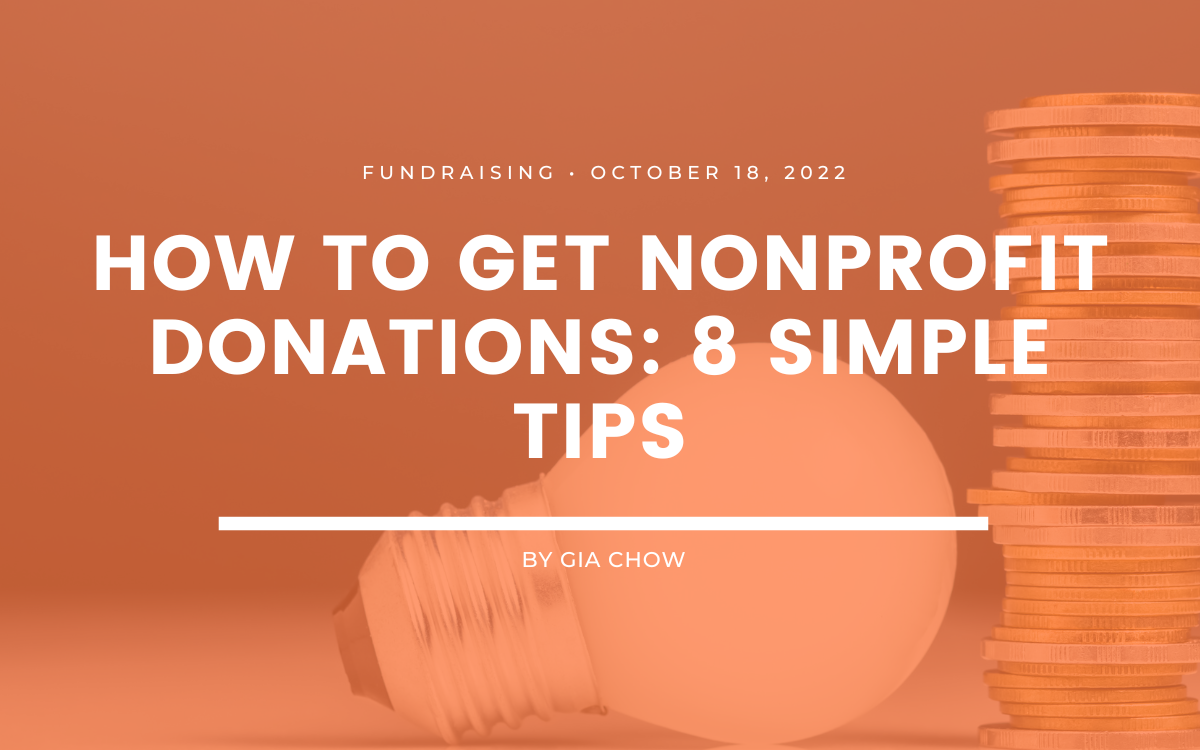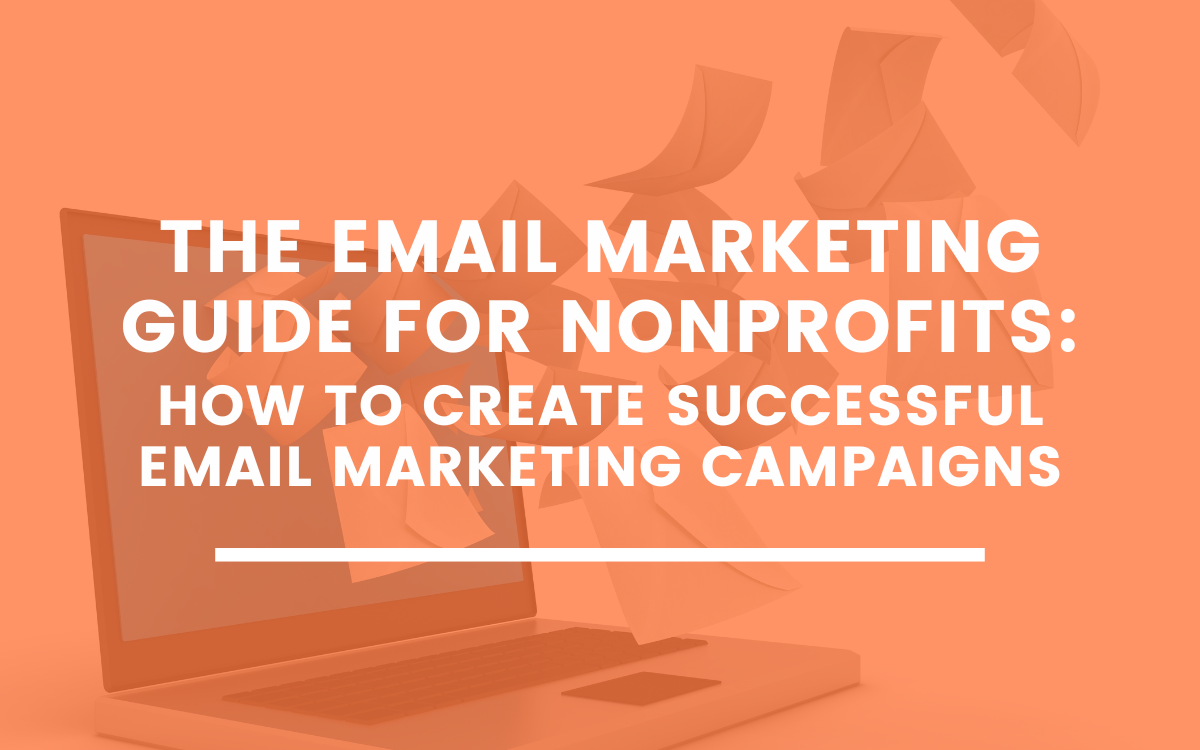How to Write Great Search Ads
2.5 min to read ✭ This post will go over how to write engaging Google search ads to draw in your audience.
Today’s topic will go over how to write great search ads. For Google search ads, it’s important for your ad copy to be engaging, informative, and relevant.
1. Pay Attention to Your Headlines
In order to maximize real estate on the search results page, fill out every section that is provided when creating an ad. Pay special attention to your headlines. This is potentially the only part of the ad an individual will read before deciding to click or not click. That means it’s a good idea to have the first headline be very similar to the keywords in your ad group. People want to see exactly what they’re searching for! Another tip for engaging your audience is to use a Call to Action in your second or third headline that provides a little extra nudge to take action.
2. Implement Single Variable Testing
Because you’re able to create multiple ads in the same ad group, you have an opportunity to test different headlines and descriptions. It is recommended to implement single variable testing, meaning that all your ads in one ad group will be the same, except for one variable will be different. It’s a good idea to start out by testing different headline 2’s. Although you can test headline 3 or description 2, this strategy is not recommended because those elements are not guaranteed to show. Headline 3 and description 2 will only show based on the device that a potential customer is using, or when Google Ads predicts that it may improve your performance.
3. Choose a Relevant Landing Page
Regarding your final URL, choose a landing page on your site that includes relevant copy and information related to your keywords. For example, if you’re an environmental organization that wants to gain awareness for rainforest deforestation, don’t just send these ads to your homepage if you also have a landing page with deforestation statistics. Sending traffic to relevant landing pages related to your keywords and ad copy will help with your ad’s Quality Score. A higher quality score will likely lead to more clicks on your ads because your related keywords, ad copy, and landing page will offer a high-quality user experience.
4. Think About Your Display Paths
The next piece to look at when writing your ad is the display paths. These paths do not have to actually exist on your site—they are part of the display URL that will show on ads and they help further explain what page the user will be landing on if they click on your ad. A good place to start when creating display paths is the name of the ad group you are writing them for, since this name should relate to the keywords and landing page of that ad group.
5. Create a Call to Action in Your Description
Now, moving on to descriptions; Descriptions are areas of prime real estate that convey your message. This is where you want to be sure to include a call to action. Without actually saying, “click on this ad” you want to give the user a reason to click on it. Show them why their search query would best be fulfilled by going to your site. As mentioned before, description 2 does not always show, so it’s important to write description 1 and 2 as two independent pieces. Once you’ve written both descriptions, you’re ready to save your ad. It is recommended you start out with 2-3 ads per ad group, as you’ll be able to see which ad gains traction and continue testing from there.




